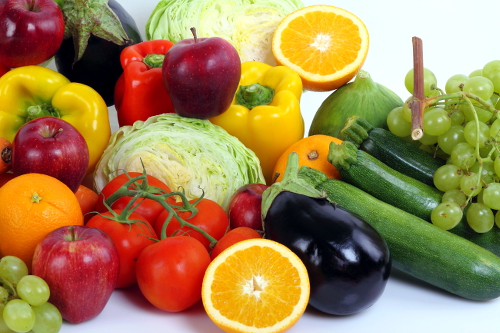What’s the quality of your fruits and vegetables?

Welcome to the world of nutrition. I’ve always had patients ask me about weight loss, diet and life style changes. When I’m asked about what’s a good simple recommendation for a healthy diet, I used to say eat organic meats, and fresh fruits and vegetables. Now, I say read your labels even on your vegetables and fruits.
The current food industry is simply about manufacturing products for consumers; it’s not based on what’s nutritionally rich. You as a consumer, must read and understand what you are buying. How can you know what you’re actually paying for when buying fruits and vegetables? Look for the numbers on the stickers in your vegetables and fruits. The price look up (PLU) codes contain numbers and are used by cashers to ring the product up. We can use the same numbers to know what the product is and how it was cultivated.
Organic products have five-digit number that starts with the number 9. Conventionally grown products have four-digit code that begins with the number 3 or 4. Genetically Modified Organisms (GMO) have five-digit code that starts with the number 8. Top GMO products are corn, soybeans, canola, cotton, papaya and squash. Conventionally grown means the crops were raised with pesticides and/or chemical fertilizers. When it comes to berries, apples, nectarines, peaches, celery, grapes, cherries, spinach, tomatoes, sweet bell peppers, and cucumbers, I encourage you to consider organic options due to high ratings in pesticide residue. Fruits that have a skin that can be peeled like mangoes and avocado (yes, avocado is a fruit), have less detectable pesticides.
I encourage you to read the labels to know if the products are genetically modified, organic, or produced with the use of chemical fertilizers and/or pesticides during the cultivation process. I personally recommend organic produce if possible. My greatest hope is for you and your family to have blessed, quality, long, and healthy life.
For your good health,
Dr. Ida